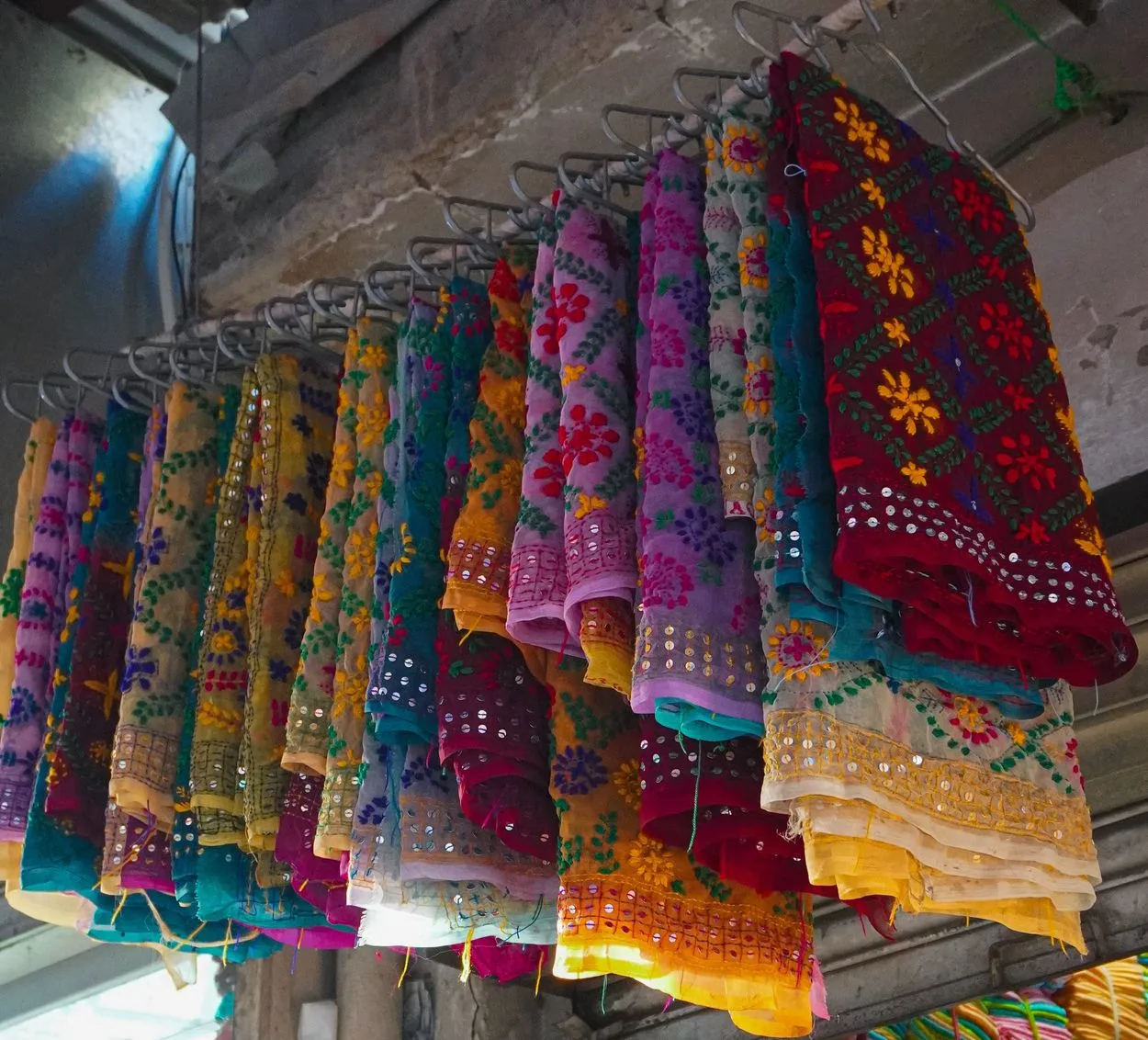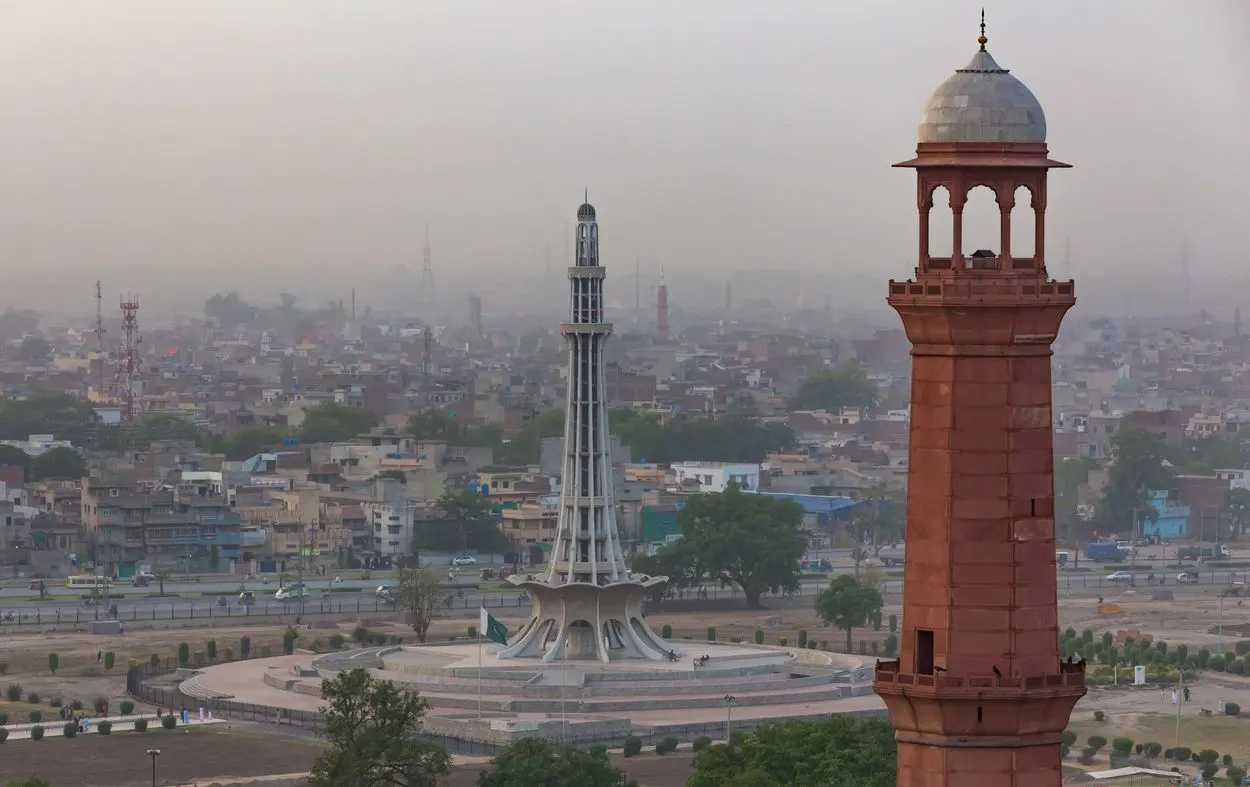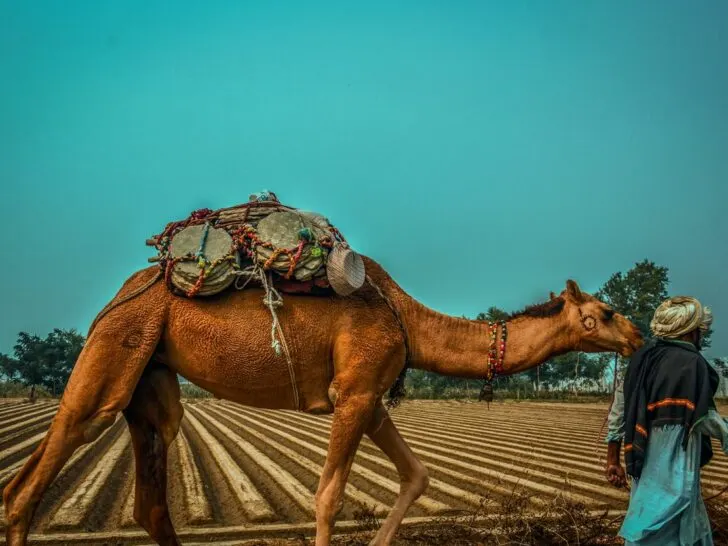Majha region is located between two out of five rivers of Punjab named Ravi and Beas. People from this area speak the Majhi dialect. There are very well-known cities in this region such as Amritsar and Pathan Kot.
Is Punjabi A Dialect Of Hindi?
On the other hand, Hindi came into existence in the 1800s during the Mughal reign.
Dialects Of Punjabi Language
Majhi vs. Malwai Dialect
Grammar
| English | Majhi | Malwai |
| You | Thanu | Tuhanu |
| Us | Asi | Apa |
| Was doing | Kardy pay | Karan daey |
| Your | Tada | Tuwada |
| How | Kiven | Kidan |
| I do | Main krna wan | Main karda wan |
| From me/from you | Mere ton/tere ton | Methon/tethon |
Daobi vs. Majhi
Daobi is the third dialect of Punjabi, mostly spoken by people living near the Satluj and Beas rivers. You may find this region more advanced than the other two because most people from this area have frequently moved to Canada and other foreign countries. And they send remittances.

Let’s compare the standard Punjabi dialect (Majhi) and Doabi.
| Majhi | Doabi |
| Past tense ends with san Eg; Tusi ki karde san What were you doing? | Past tense ends with sige Eg; Tusi ki krde sige What were you doing? |
| Present tense ends with ne, oh Eg; Tusi ki karde pay oh What are you doing? Oh ki karde pay ne What are they doing? | Present tense ends with aa Eg; Oh ki krdi payi aa What is she doing? |
| Aistaran, kistaran, jistaran (common adverbs) | Aidan, kiddan, jiddan (common adverbs) |
| Present indefinite tense ends with haan Main parhni haan I study | Present indefinite ends with waan Main pardhi waan I study |
| Tada (Your) | Tauhada (your) |
Do Lahoris Speak The Same Dialect Of Punjabi Spoken In Amritsar?

Since Amritsar (India) is just 50 km away from Lahore (Pakistan), you may wonder if they speak the same Punjabi dialect or not.
Let me tell you that there will be quite few people from Lahore who speak fluent Punjabi, especially the new generation feel shame to converse in this language and they rather prefer Urdu. Another reason of Urdu adoption is Urdu being a national language and being properly taught in schools. Unfortunately, because of these reasons, the Punjabi language has lost its value over time in this region.
While you will see everyone from Amritsar proudly own this language.
- There’s a difference in tone
- Lahori Punjabis have adopted many Urdu words
- Even though Lahore and Amritsar are in the Majha region, you’ll find a huge disparity in the same dialect
Conclusion
In the end, all the dialects of the Punjabi language represent different cultures and have their unique features. Majhi and Malwai dialects have the same grammar rules however, the vocabulary and adverbs do differ. Most Punjabis (people who live in Punjab) speak a combination of Majhi and Urdu. The young generation living in Lahore doesn’t speak this language at educational institutions rather they are being taught Urdu and English as compulsory subjects.
You’ll see people from other parts of Pakistan and India speak their native languages such as Hindi, Sindhi, Pashto. Also, Punjabi is an independent language, so it’s not true that it’s a dialect of Hindi.
Alternate Reads
- The Difference Between a 12-2 Wire & a 14-2 Wire
- Spear and a Lance-What is the difference?
- Gender Apathetic, Agender, & Non-binary Genders
- HDMI 2.0 vs. HDMI 2.0b (Comparison)

